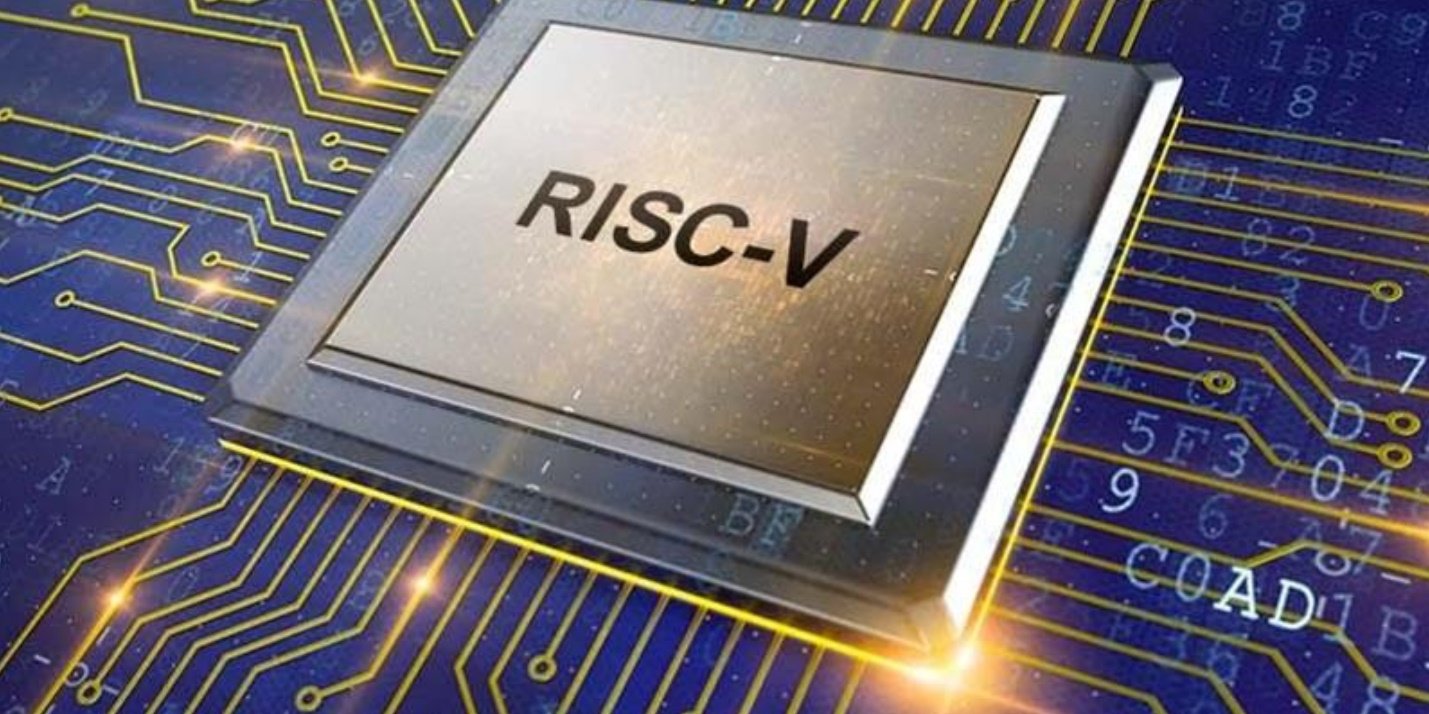The semiconductor industry is witnessing a paradigm shift with the emergence of RISC-V, an open-source instruction set architecture (ISA) that’s revolutionizing VLSI system design. As the demand for customized silicon solutions grows across industries, RISC-V has positioned itself as the go-to architecture for next-generation chip development. Understanding this technology is crucial for aspiring VLSI engineers, making quality training from the best VLSI training institute in Bangalore more important than ever.
What Makes RISC-V Different?
Unlike proprietary architectures such as ARM or x86, RISC-V is completely open-source and free to use. This openness eliminates licensing fees and provides unprecedented flexibility for hardware designers. The architecture follows a modular approach, allowing engineers to add only the extensions they need, resulting in optimized, power-efficient designs perfect for modern applications.
RISC-V’s simplicity is its strength. With a base instruction set of just 47 instructions, it’s easier to implement and verify compared to complex legacy architectures. This simplicity doesn’t compromise functionality—extensions can be added for specific applications like vector processing, cryptography, or machine learning.
Driving Innovation in VLSI Design
RISC-V is transforming VLSI system design in several groundbreaking ways:
Customization Freedom: Engineers can tailor processors to specific application requirements without seeking permission or paying royalties. This has opened doors for domain-specific architectures in AI, IoT, automotive, and edge computing.
Reduced Time-to-Market: The availability of open-source cores, verification tools, and extensive community support accelerates the design process. Companies can prototype faster and iterate more efficiently.
Cost-Effective Development: Eliminating licensing costs makes RISC-V particularly attractive for startups and research institutions. This democratization of chip design is fostering innovation across the semiconductor ecosystem.
Security and Transparency: Open-source nature allows thorough security audits and verification, addressing growing concerns about hardware security and supply chain integrity.
Industry Adoption and Real-World Applications
Major tech giants and startups alike are embracing RISC-V. Google, NVIDIA, Western Digital, and Alibaba have integrated RISC-V into their products. From microcontrollers in IoT devices to high-performance computing cores, RISC-V is proving its versatility.
The architecture is particularly promising for emerging technologies. AI accelerators built on RISC-V can optimize specific neural network operations. Edge computing devices benefit from its power efficiency. Even space applications are exploring RISC-V for its reliability and radiation-hardened implementations.
Why VLSI Engineers Must Learn RISC-V
The shift toward RISC-V is creating unprecedented career opportunities in VLSI design. Engineers proficient in RISC-V architecture, processor design, and system-on-chip (SoC) development are in high demand. Companies are actively seeking professionals who can design, verify, and optimize RISC-V based systems.
This is where comprehensive training becomes critical. At Cranes Varsity, recognized as the best VLSI training institute in Bangalore, students gain hands-on experience with RISC-V processor design, RTL implementation, and verification methodologies. The curriculum is designed to align with industry requirements, ensuring graduates are job-ready from day one.
The Future Landscape
Looking ahead, RISC-V’s trajectory points toward continued growth and innovation. The RISC-V International organization is constantly evolving the specification with new extensions for emerging workloads. We’re seeing developments in vector processing, hypervisor support, and specialized extensions for quantum computing interfaces.
The architecture’s flexibility makes it ideal for heterogeneous computing environments where multiple specialized cores work together. As Moore’s Law challenges intensify, domain-specific acceleration becomes crucial, and RISC-V provides the perfect foundation for such innovations.
Building Your VLSI Career with RISC-V
For aspiring VLSI engineers, mastering RISC-V is no longer optional—it’s essential. The architecture represents the future of chip design, offering opportunities in processor architecture, physical design, verification, and embedded systems.
Cranes Varsity provides comprehensive VLSI training that covers RISC-V from fundamentals to advanced implementation. With experienced faculty, industry-standard tools, and project-based learning, students develop practical skills that employers value. Located in Bangalore—India’s silicon hub—the institute offers excellent placement support and industry connections.
Conclusion
RISC-V is not just another ISA; it’s a movement democratizing chip design and enabling innovation at an unprecedented scale. As the semiconductor industry evolves, RISC-V will play an increasingly central role in VLSI system design. For engineers looking to future-proof their careers, gaining expertise in RISC-V through quality training at institutions like Cranes Varsity, the best VLSI training institute in Bangalore, is the smartest investment they can make. The future of VLSI is open, flexible, and built on RISC-V.




